Oxygen in Earth's atmosphere is key to making Earth the only place known to have life.
Although it is a familiar component of the air we breathe, oxygen is not the most abundant element in the atmosphere, and this precious resource is actually limited.
At about 78% of the atmosphere's volume, nitrogen is the most abundant element. Oxygen is second, at about 20%, and the worry is that this percentage will drop very low in the future.
Scientists at Toho University and the Georgia Institute of Technology have built a computer model that simulates the future of the Earth and its atmosphere.
After nearly 400,000 simulation runs, the results show that Earth's oxygen-rich atmosphere will disappear within a billion years.
Loss of atmospheric oxygen could spell the end of life on this planet.
Why can't oxygen-rich air last forever?
Most scientists believe that the Sun is about halfway through its life cycle, and although it will not “cool” for another 4-5 billion years, the surrounding planets, including Earth, will be affected very soon.

As the Sun gets brighter, the Earth gets significantly warmer (Photo: Getty).
In about 1 billion years, the Sun will be 10% brighter than it is today, enough to dramatically increase solar radiation and significantly warm the Earth.
As the atmosphere gets hotter, CO2 will begin to break down, making it impossible for plants to photosynthesize, which means there will be no oxygen for animals to breathe.
This development is also driven by current climate change, where trees have reduced their ability to photosynthesize due to extreme weather.
A billion years from now, oxygen concentrations could fall up to a million times lower than today.
However, this scenario does not mean that all life is extinct.
Ancient life may continue to exist
About 4.5 billion years ago, Earth's early atmosphere consisted mainly of methane, CO2, and water vapor.
Solar radiation separated oxygen from water vapor, but this oxygen was quickly absorbed by the Earth's crust. The atmosphere contained almost no oxygen, yet life still appeared.
In the primitive ocean, anaerobic microorganisms formed and grew by absorbing minerals in the water.
Everything changed about 2.7 billion years ago when cyanobacteria appeared.
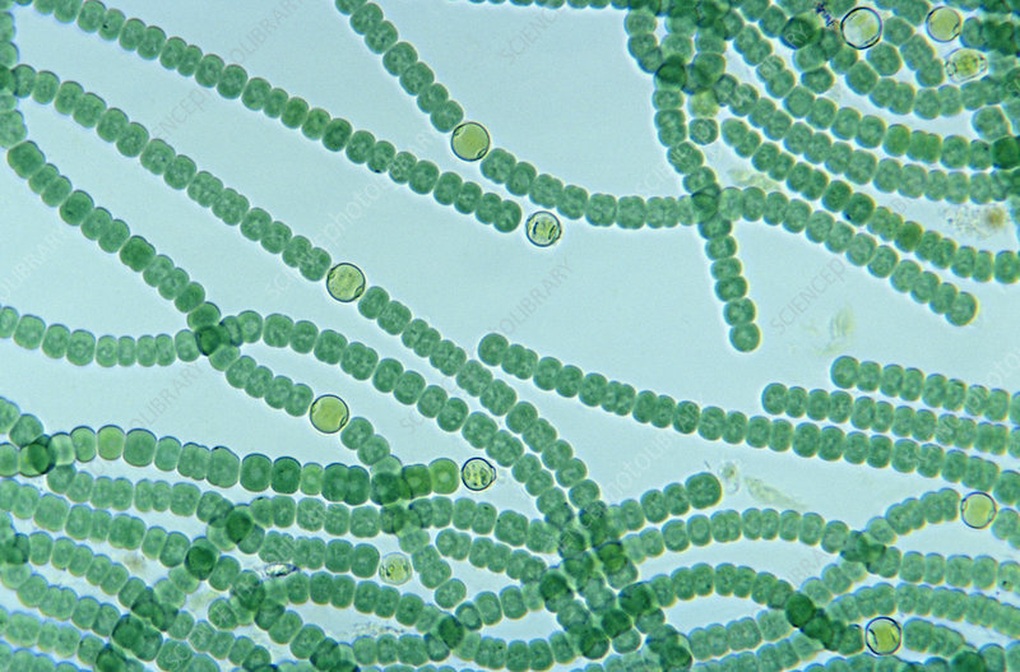
Cyanobacteria have the scientific name Cyanobacteria (Photo: Science Photo Library).
These were the first organisms capable of photosynthesis, and they were the ones who “pumped” oxygen into the atmosphere, creating the conditions for life to develop as it does today.
If scientists' predictions come true, in a billion years, Earth could return to a state before cyanobacteria appeared. The only life forms left would be anaerobic organisms.
Today, there are still many species of bacteria around the world that live without oxygen, and when all oxygen-breathing organisms become extinct, the planet will belong to them again.
Source: https://dantri.com.vn/khoa-hoc/bau-khi-quyen-giau-oxy-cua-trai-dat-se-con-ton-tai-bao-lau-20251119111833807.htm


![[Photo] Prime Minister Pham Minh Chinh and his wife meet the Vietnamese community in Algeria](https://vphoto.vietnam.vn/thumb/1200x675/vietnam/resource/IMAGE/2025/11/19/1763510299099_1763510015166-jpg.webp)
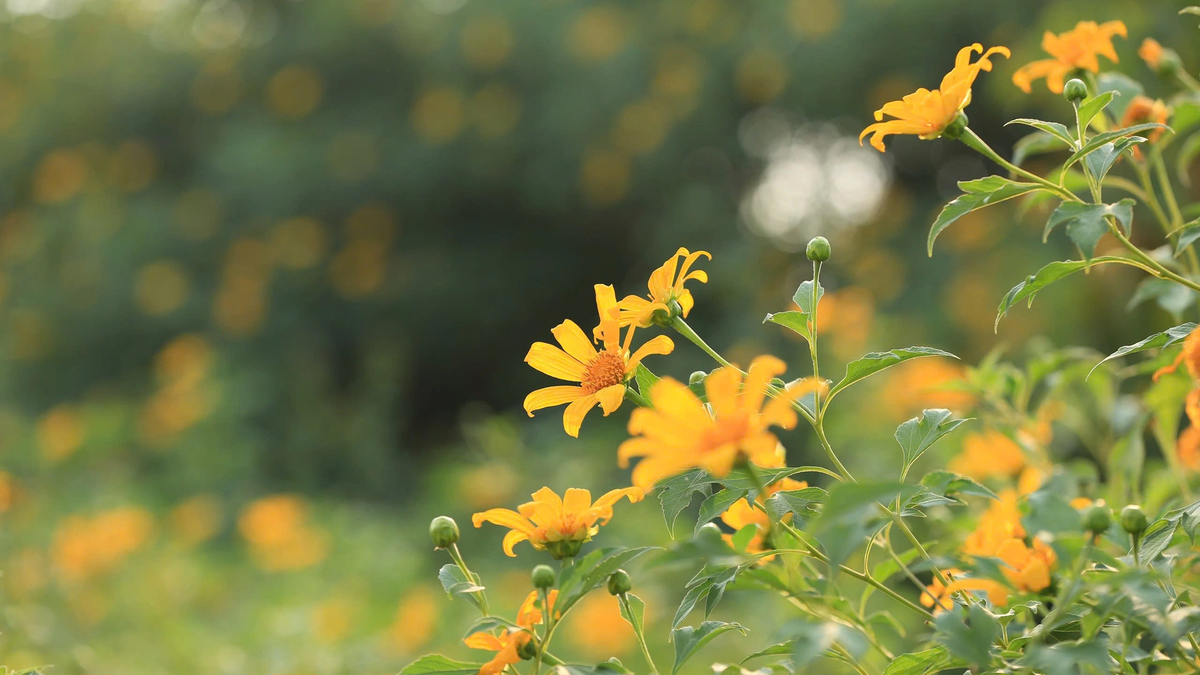

![[Photo] General Secretary To Lam receives Slovakian Deputy Prime Minister and Minister of Defense Robert Kalinak](https://vphoto.vietnam.vn/thumb/1200x675/vietnam/resource/IMAGE/2025/11/18/1763467091441_a1-bnd-8261-6981-jpg.webp)

![[Photo] The Standing Committee of the Organizing Subcommittee serving the 14th National Party Congress meets on information and propaganda work for the Congress.](https://vphoto.vietnam.vn/thumb/1200x675/vietnam/resource/IMAGE/2025/11/19/1763531906775_tieu-ban-phuc-vu-dh-19-11-9302-614-jpg.webp)
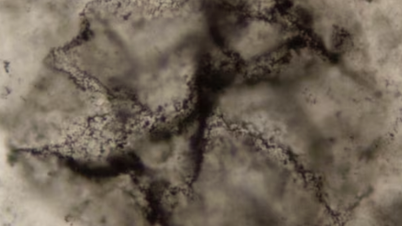




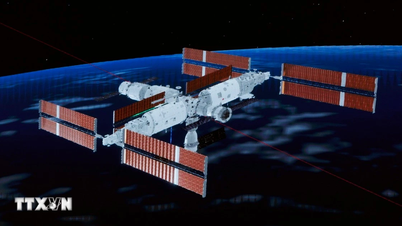































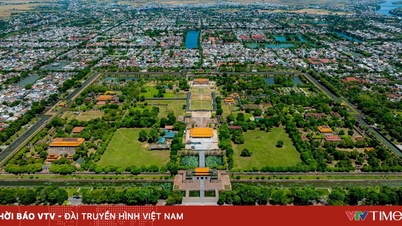




















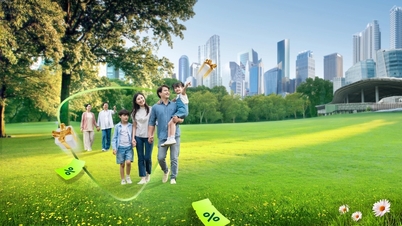







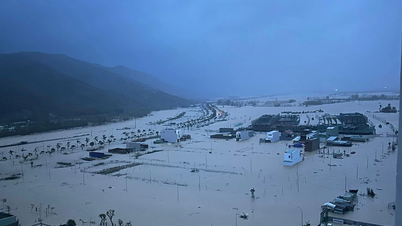











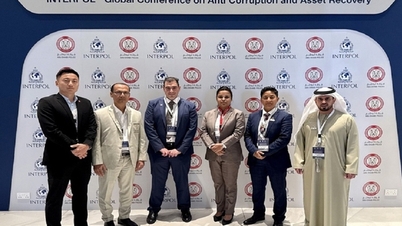
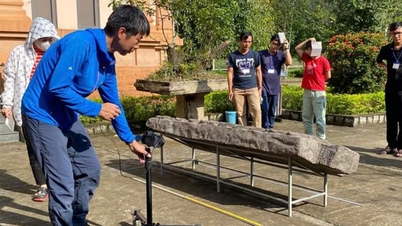



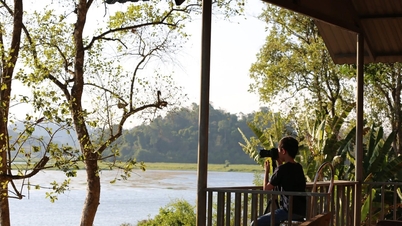

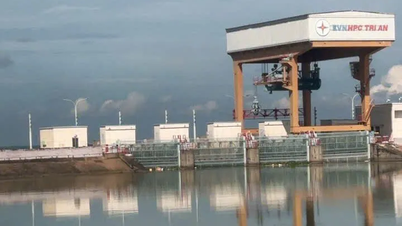
















Comment (0)